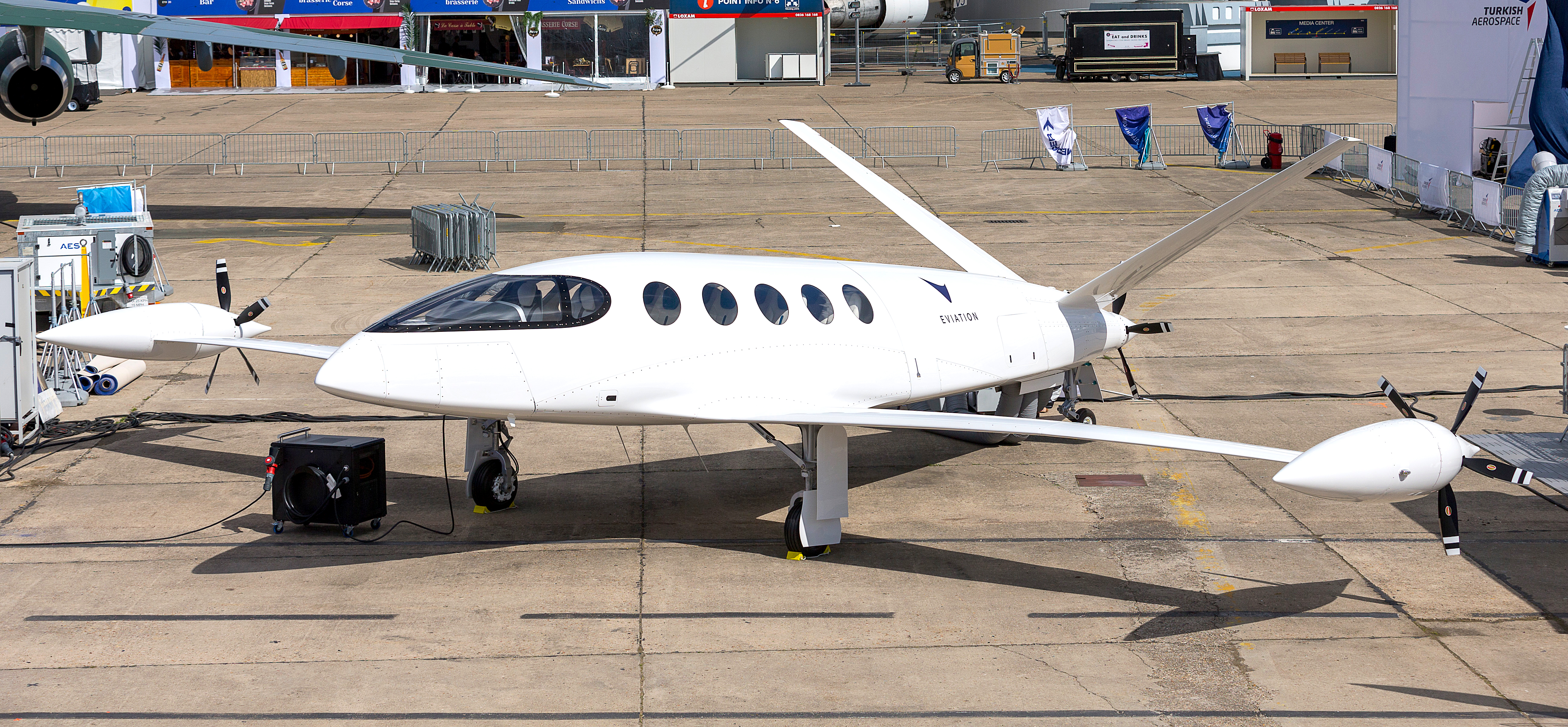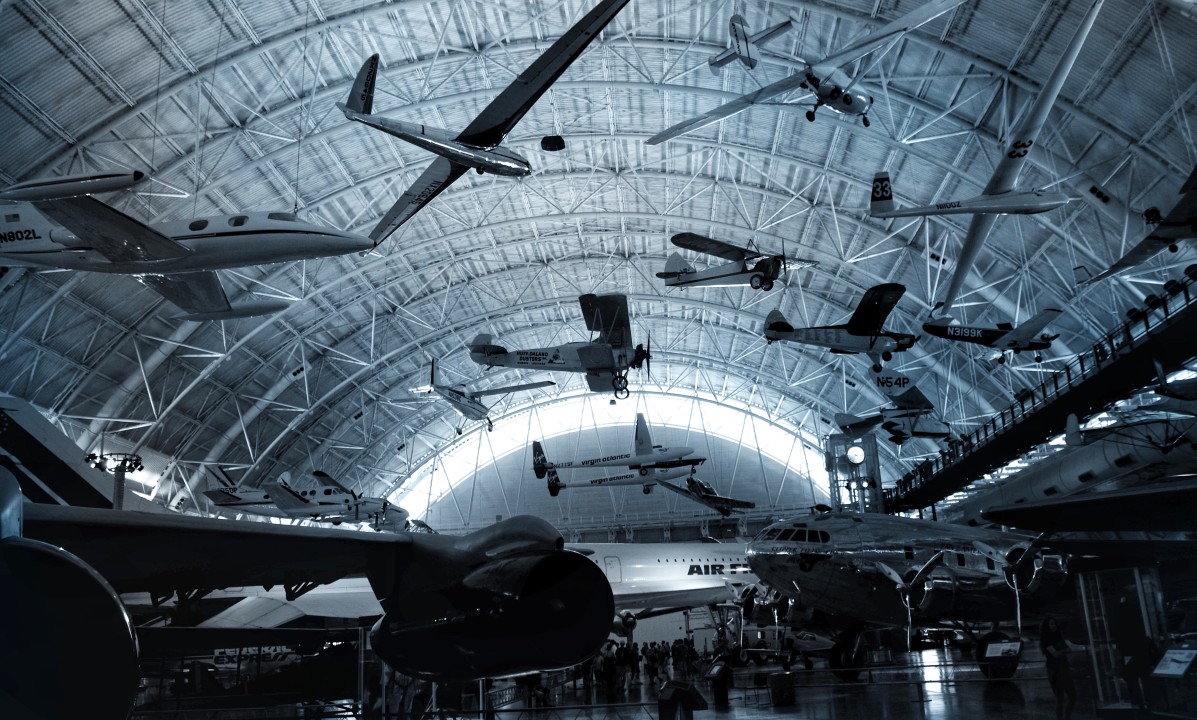Commercial Drones: Implications for the Aviation Industry and Beyond.

Although originally built for military purposes, drones have seen rapid growth and advancements and made a break to consumer electronics. Their original use was as weapons, in the form of remotely-guided aerial missile deployers. However, today, drones have found a wide range of applications for civilian use, especially in the form of small quadcopters and octocopters. Today, drones are used for a wide range of functions, including monitoring climate change, delivering goods, aiding in search and rescue operations, and in filming and photography. Of course, UAVs are also an increasingly important part of the military in many countries. American armed forces alone have a fleet of tens of thousands of drones today, compared to just a few twenty years ago. This is dwarfed, however, by the number of drones in private use. According to the FAA, there were 1.1 million drones registered in the U.S. in 2019.
Key Takeaways
- SUAVS are in demand: In recent years, commercial applications and demand have increased for the SUAV segments.
- Part 107 increases pilot demand: With the FAA Part 107 giving those who want a chance to be an official drone pilot, there has been an increase in demand for the pilots themselves and the flight schools that may teach them.
- SUAVs offer new hope for the industry: the industry is seeing an increase in use from the SUAVs segment that give other areas relief and can help improve the way that the rest of the industry moves in terms of meeting sustainability goals.
What are SUAVs?
According to Merriam Webster, a drone tends to be defined as ‘An unmanned aircraft or ship guided by remote control or onboard computers.’ A SUAV drone is an unmanned flying object either controlled remotely or operating completely autonomously.
Small Unmanned Aerial Vehicles (SUAVs) have the potential to change the economy for consumers and businesses in the aviation industry. SUAVs are already present in aiding in precision agriculture, delivery, assistance to first responders, and for safety inspections of critical infrastructure. UAVs are utilized in numerous occurrences due to their advancement in safety. Drone Technology is advancing through them being employed in the military during high-risk activities.. Their features allow them to obtain real-time data to create and preserve a safe environment. Another reason that drones are proving to be a noteworthy development is because their prices are more pocket-friendly, even on a consumer level. Along with this information, Equinox’s Drones, even mentions that UAVs can take excellent Aerial Photographs, aerial videos and accumulate large volumes of accurate data. The data obtained is transformed into detailed 3D Maps and 3D Models for a complete analysis.
SUAVs and Commercial Demand
SUAVs are seeing an increased demand in their uses, and an increased need for certified drone pilots. There are many reasons that SUAVs are seeing an increase in need and demand, they have many commercial applications outside of hobbyist. The FAA has made the official certification for a commercial drone license under 14 CFR Part 107. Some many examples of why SUAVs are seeing an uptick in demand is mentioned below.
Real Estate: DronesGator mentions that drones are in demand in part from realtors, they say they are able to close more deals while saving time with aerial shots, videos and even 3D maps help them disclose information about the home better to clients. However, most of these jobs are temporary and usually project based. Many realtors will require video and photo editing skills, as well as a portfolio of your previous work.
Agriculture: Farmers are now starting to increase their daily yields by using drones to survey their fields and pinpoint which areas of crops need more attention. The work here will be mostly straightforward since there is no video editing involved whatsoever. The deliverables given to the farmers after surveying their crops is called a Normalized Difference Vegetation Index map (NDVI). These maps are used to identify the plants that need more care and there are many software that makes generating these maps a seamless process.
Transportation: This area specifically is seeing a large increase in demand for licensed SUAV pilots. A study done by the American Association of State Highway and Transportation Officials has concluded that more than 35 states are now using drones in their inspection routines. Highway inspections, railroads and even car accidents… drones are now helping to cut down the time and money it takes for inspections to be conducted. Not only do drones capture more data and therefore help prevent more transportation disasters, but they’re also cheap and easy to use. One typically doesn’t need to know exactly what you’re looking for, since there is software that automatically analyzes the raw data drones will capture.
Energy: Another inspection-type job where one’s work will be mostly collecting raw data with a drone and feeding it to specialized software. We might be noticing a trend in inspection jobs here, but that’s because similar to transportation and telecommunications, drones are providing a faster and cheaper way for energy companies to inspect their power lines and solar energy panels. While you’ll be heavily relying on software if you choose this type of work, technical knowledge in power lines, solar panels and energy infrastructure might be required by the employer. Though as technology progresses and software gets better, this requirement will soon become less crucial. According to Droners.io , there are some drone pilots doing aerial energy inspections for as high as $150/h, but these rates are freelance rates.Most work is usually done in-house, and the people who perform these inspections are highly skilled in the field. The average salary for an energy inspector can go as high as $100,000 a year.
Filmmaking/Photography: This is actually what most drone pilots go for. But because of the high number of people applying for jobs here, standing out and landing gigs is increasingly difficult. The hourly rate here can go from $100/h to as high as $400/h, even higher if you’re a film and cinematography professional. You’ll be required to have knowledge and skills in filmmaking and will likely have to provide a professional portfolio of previous work.
Pledge for Net-Zero emissions in industry: The United States has set a goal to achieve net-zero greenhouse gas emissions from the aviation sector by 2050 and SUAVs can potentially provide a helping-hand in reaching those goals. SAFs can reduce the lifecycle carbon reduction of some aircraft by up to 80% compared to the traditional jet and Av-Gas it replaces. SUAVs will play a really important role in meeting the aviation industry’s carbon reduction targets, with increasing their load on the trade and transportation industry’s need for fuel based transportation. Also with their mapping skills and other commercial applications it leads to a reduction in travel which would formally be done by a helicopter or car in order to achieve, SUAVs can have the potential to lower emissions by a lot if they are applied correctly in their uses.
Need for better efficiency in the industry: Following the outcomes of the pandemic, it is evident that the aviation industry needs to be at the better helm of efficiency. Some sectors can benefit more than others, specifically those that operate on larger scales, such as commercial airlines. Profit margins have not been the most positive prospect in recent years for these sectors and these businesses are having to look to improve their own efficiency to stay afloat while still recovering from COVID related setbacks that are now coupled with a foreseen inflationary economic environment. More on this topic can be found in our article ‘Why are Margins so low in the Airline Industry?’.
Flight Schools seeing the need to provide SUAV training.
Flight schools have been at the benefiting end of the pilot shortage that was accelerated with the pandemic. As demand for pilot training has increased flight schools operations and the need to expand or increase such. More about this topic can be found in our article ‘The Pilot Shortage – A Challenge for Airlines, Possible Boom for Flight Schools.’. Some examples of how flight school are looking to benefit from the wide adoption of SUAVs are below:
Part 107: The FAA Part 107 is a set of rules for operating a drone commercially in the U.S. It is also used to refer specifically to the certification drone pilots must have before they can legally offer professional drone services. The Federal Aviation Administration (FAA) announced the Part 107 rules in June 2016. The ruling established requirements for commercial operators flying drones less than 55 pounds and is still effective today, albeit some changes have been made since it was first issued years ago. If you want to become a professional drone pilot, familiarizing yourself with the FAA Part 107 would be a great start.
Increasing operations while increasing efficiency: The FAA Part 107 is giving already established light schools another way to benefit in recent years and remain strong post pandemic. Flight schools have seen an increase in training demand for the Part 107 license. These new developments in recent times to the SUAV segments have increased interest in the commercial license and are giving flight schools an ability to expand into those needs. SUAVs may give flight schools the ability to increase operations in that SUAVs are a world less costly and much easier to obtain than aircraft. Flight schools can purchase many SUAVs to expand operations, and can profit more, this would lead to other key aspects in operations having the ability of being used more efficiently and effectively.
New flight schools and drone programs emerging in the market: While some industries toy around with the concept of drones, others have fully incorporated the idea. Most companies involved in construction, security, and transportation have full departments dedicated to drone operations. In a drone program, the main tasks are to work coherently with a team of experts in managing drone operations and processing the data collected. While these other companies are needing new drone pilots, they are needing a whole new industry of flight schools and drone programs.
How will SUAVs change the economics of the aviation industry?
Economic impact: Investopedia mentions that rapid technological innovation has provided consumers cutting-edge products at affordable prices. Traditionally, drones had been limited to military use due to high costs and technical sophistication. However, due to economies of scale, consumers can purchase drones for less than $100. With widespread access, consumer companies such as Amazon have explored the use of unmanned aerial vehicles for commercial purposes. Amazon Prime Air has promised a 30-minute delivery service for packages of up to 5 lbs. Google (GOOG), in altruistic contrast to Amazon, has developed aerial drones for environmental conservation and delivery of medicine to remote locations. The environmental impact is also immense. Powered by batteries, drones are more environmentally friendly than delivery trucks while being used. If delivery drones gain widespread usage, this would reduce the reliance on vehicles for many companies. This would have an adverse impact on automobile manufacturers, but the impact on the environment would be a boon and would help many countries reduce emissions, helping meet emissions targets set in various global agreements. The economic implications of commercial drone use are undeniable. The market for drones is estimated to be $127 billion across a variety of industries. Notably, the commercial use of drones will predominantly affect agriculture and infrastructure more so than commerce. Due to the ability to cover large areas, drone use in agriculture is anticipated to effectively feed and hydrate plants while also limiting exposure to diseases. On a macroeconomic scale, the integration of UAVs could create more than 100,000 jobs. Over a 10-year span, job creation from commercial drone use will consist primarily of manufacturing jobs and drone operators. Likewise, states will benefit from tax windfalls, stemming from increased economic activity. The implications clearly have a positive impact on businesses and consumers. Consumers directly benefit from job creation, resulting in additional earnings. Commercial drones will also allow industries to realize savings from cost-effective means of inventory, transportation, and distribution. These cost savings can be passed down to the consumer through a reduction in prices.
Taking over the delivery industry: HSE – Unmanned Aerial Vehicles (UAV) highlights that companies like Amazon, Google, and UPS have been aggressively investing in UAV technology. This includes research and development, but also ensuring that federal laws allow them to pursue their ambitions of utilizing advanced drone technology to carry out deliveries in the very near future. Commercial delivery drones already contribute to over $13 billion in economic growth worldwide, but that number is expected to skyrocket in the coming years as the technology improves, laws and regulations are implemented, and consumers become more comfortable with their online orders being dropped off from the air.
Becoming integrated with the agricultural industry: The commercial drone market with some of the greatest economic potential is the agriculture industry. As drone technology continues to become more affordable and more accessible to farmers around the world, their ability to grow more, healthier crops could prove to be a gamechanger in the global economy. While sprayer drones have given the smallest farmers access to accurate and harvest-saving crop sprayers, this merely scratches the surface of the benefits of UAV technology for agriculture. Not to mention the exciting addition of granular seed spreading drones, and fogging drones (for mosquito and pest control), farmers can avoid unnecessary chemical exposure and save thousands in labor costs. Many farmers are using cameras embedded with sophisticated software that can survey lands to detect soil quality, monitor crop growth, and help farmers detect and treat problems before they get out of control.
Flying towards the future
Whether they are being deployed for supply and logistics services, advances in agriculture, or building a bigger and better skyscraper, the commercial drone market presents an enormous opportunity for global economic interests. SUAVs are showing to be an interesting prospect for the prosperity of the industry
With even more able to share the love of flying in a new manner, we are able to see that the industry is shaping in many different and exciting ways. It is important for us to keep an eye out for the SUAV segment and how it will help shape the future of aviation.
——————————————
Thank you for reading this week’s On Aviation™ full article. How do you think SUAVs in the aviation industry will influence future operations? Please share your thoughts in the comments below and remember to continue the conversation on our Twitter and Instagram.
Orlando – On Aviation™




